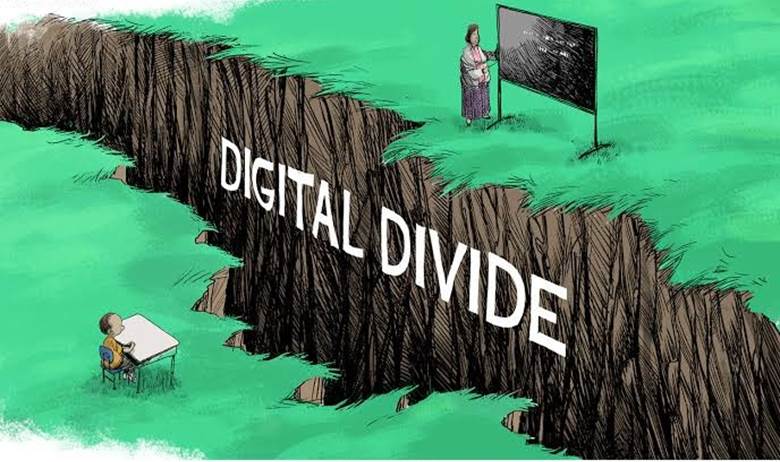Free Courses Sale ends Soon, Get It Now


Free Courses Sale ends Soon, Get It Now



Copyright infringement not intended
In News
Key Points of the report
Digital Divide
.jpg)
Steps taken by Government to bridge Digital Divide
Way Forward
https://t.me/+hJqMV1O0se03Njk9
© 2024 iasgyan. All right reserved